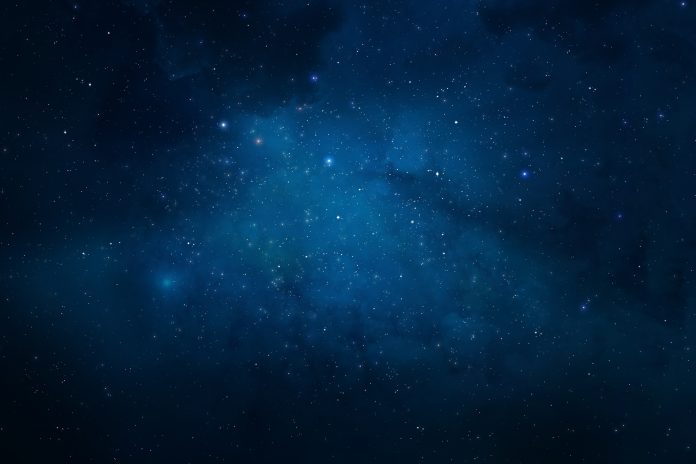The Dark Energy Spectroscopic Instrument (DESI) has set on a journey to unveil the mysteries of our universe’s evolution, looking back 11 billion years into the past
This telescope, located on a mountaintop in the United States, leads international efforts with contributions from over 900 researchers across 70 institutions worldwide.
DESI’s primary mission
The main mission is to chart the cosmic landscape of our universe’s infancy and trace its growth into the cosmos we observe today. By capturing light from the most distant areas of space, DESI is shedding unprecedented light on the enigmatic force known as dark energy, a mysterious entity driving the accelerated expansion of our universe.
Michael Levi, DESI’s director from Lawrence Berkeley National Laboratory, describes the data as “world-leading” and suggests intriguing variations from established models, hinting at a potential evolution of dark energy over time.
Creating a map of the Cosmo
DESI involves meticulously measuring the universe’s expansion history through an innovative technique using 5,000 robotic fibres.
These fibres, resembling a celestial census, collect light from distant galaxies and quasars, offering glimpses into the comics long past. This accomplishment enables DESI to construct the largest 3D map of the cosmos assembled, painting a portrait of the universe in its early years.
Nathalie Palanque-Delabrouille, a co-spokesperson for DESI, celebrates the instrument’s remarkable precision, allowing for measurements with an accuracy of 0.5% across 11 billion years of cosmic history. This precision exceeds previous surveys, providing crucial insights into the evolution of dark energy and the universe’s expansion dynamics.
DESI solving cosmic imprints
A cornerstone of DESI’s findings revolves around Baryon Acoustic Oscillations (BAOs), subtle ripples frozen in time from the universe’s primordial plasma.
By scrutinising the Lyman-alpha forest, faint traces of light absorbed by intergalactic gas clouds, DESI extends its cosmic reach back to 11 billion years.
Julien Guy, a scientist at Berkeley Lab, emphasises the nature of DESI’s analysis, which was conducted in a “blinded” fashion to eliminate bias. This approach shows the instrument’s reliability and underlines its potential to change our understanding of the cosmos.
With a five-year survey timeline, the telescope aims to map 3 million quasars and 37 million galaxies.











